LVT-2 Water Buffalo & Jeep Willis
LVT-2 Water Buffalo
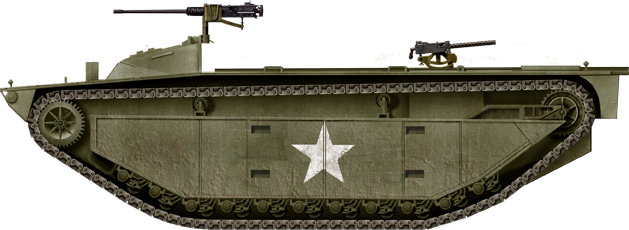
The LVT-2 Water Buffalo
Compared to the LVT-1, this new model was a real step forward. It was designed to have better seaworthiness and, at the same time, better terrain characteristics thanks to two features. These were the much improved M3A1 powertrain, relocated to the back of the hull, and bolted-on aluminium track grousers (track cleats), designed to improve maintenance in the field. Indeed, sea water corrosion and the crossing of edgy reefs, quickly worn out these pieces. The main central compartment was left open and could carry 24 infantrymen and their equipment (5,950 lbs cargo capacity).
The front driver compartment was revised. Heavy gun ports were available over the rear of the front cabin, and on each side of the main compartment, manned by infantrymen. Usually, the armament combination comprised two heavy cal.50 (12.7 mm) M2HBs at the front and two cal.30 (7.62 mm) M1919A4s aft, replaced later by masked M2s. British vehicles, mostly used in the swamps of the Netherlands and on the north-eastern German border, received Polsten cannons and, sometimes, Wasp flamethrowers.
The LTV-2(A) Buffalo II
This was a completely up-armored version designed in 1943 ("A" for armor), fitted with additional 0.4 in (10.16 mm) armor plates inside the main compartment, and outside to protect part of the side skirts, nose, and 0.5 in (12.7 mm) on the cab. Self-sealing gasoline tanks were also added. Heavier, these vehicles reached 2400 pounds when empty, and had their cargo capacity reduced by 1400 pounds, or 18 infantrymen. By 1944, shields were added to protect the front gunners, usually equipped with cal.30s (7.62 mm). 450 of these armored versions were built. Compared to other (A) versions, these did not have a tank turret for extra fire support.
Wartime use
The LVT-2s participated in more campaigns that any other LVTs. These included Tarawa, Roi-Namur, Cape Gloucester, Northern Kwajalein, Saipan, Guam, Tinian, Peleliu, Iwo Jima and Okinawa. Their main drawbacks were that the infantry needed to scurry off the vehicle, exposing themselves to enemy fire. And since there was no ramp, it was difficult to store big loads inside, like artillery. These defects were corrected on the LVT-3 and 4.
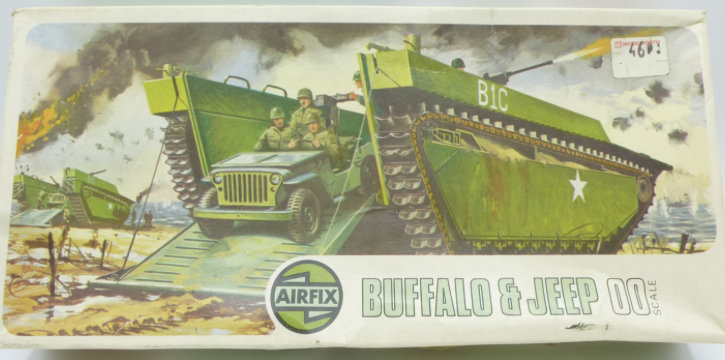
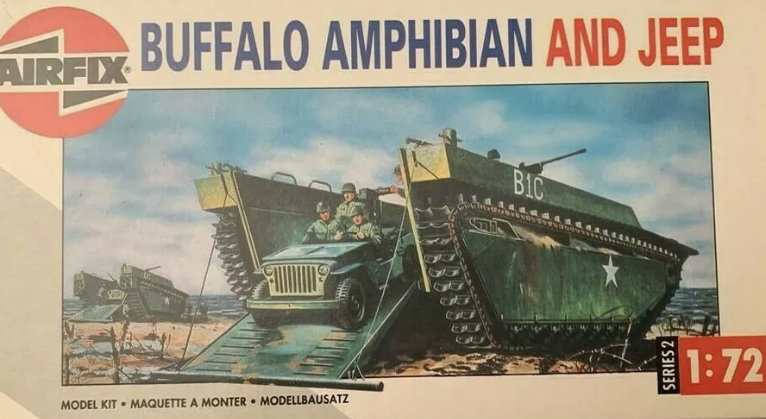

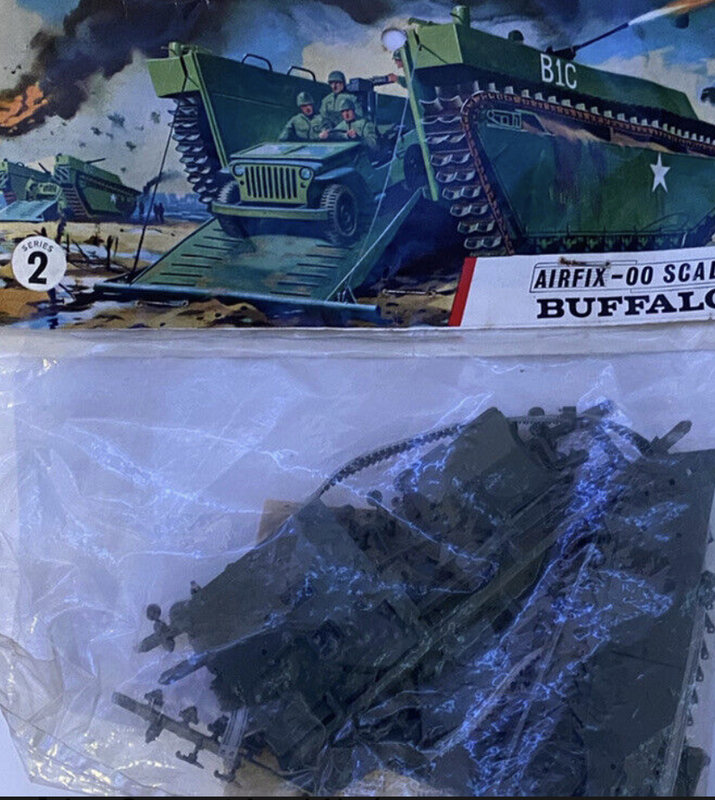

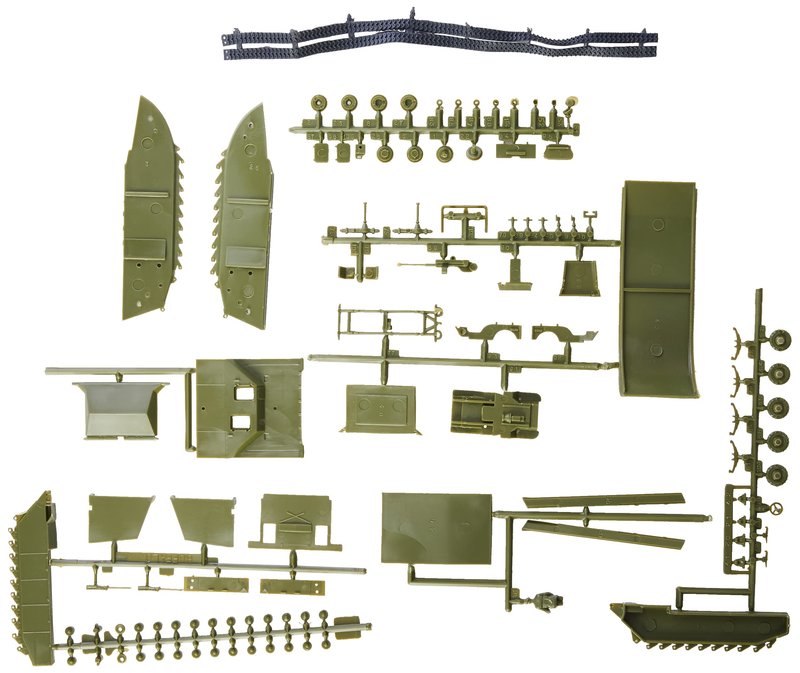


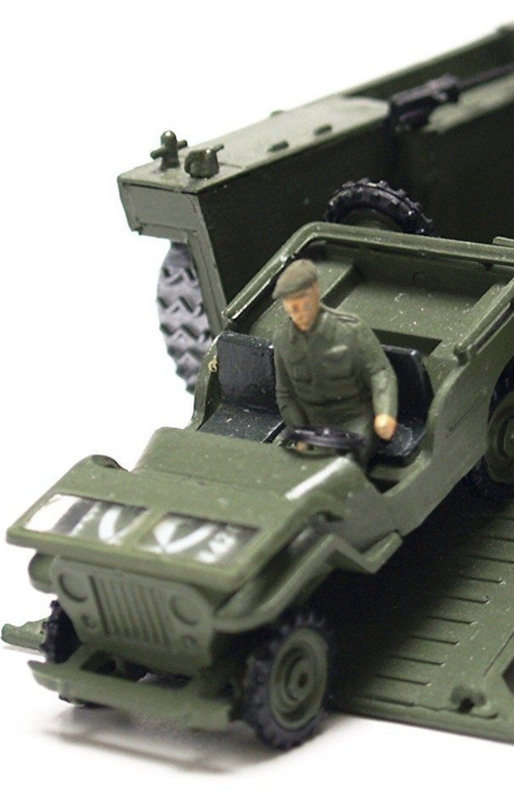
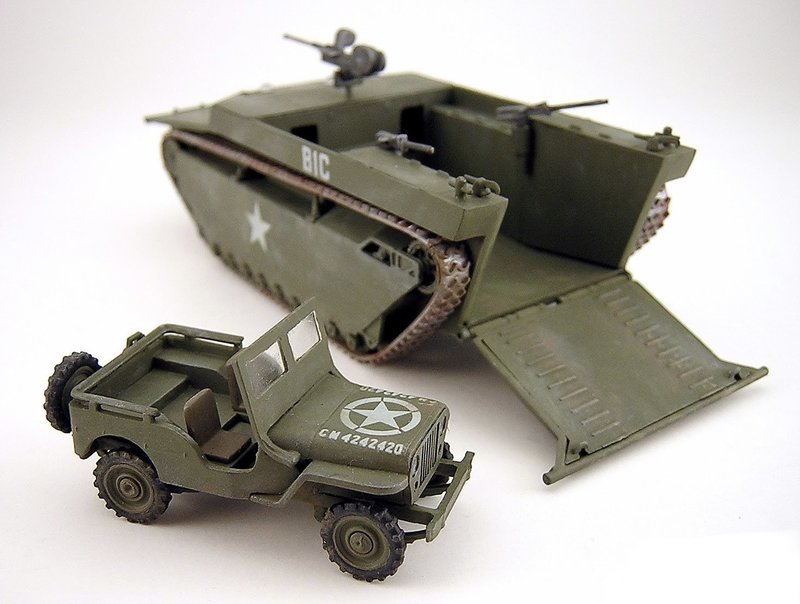


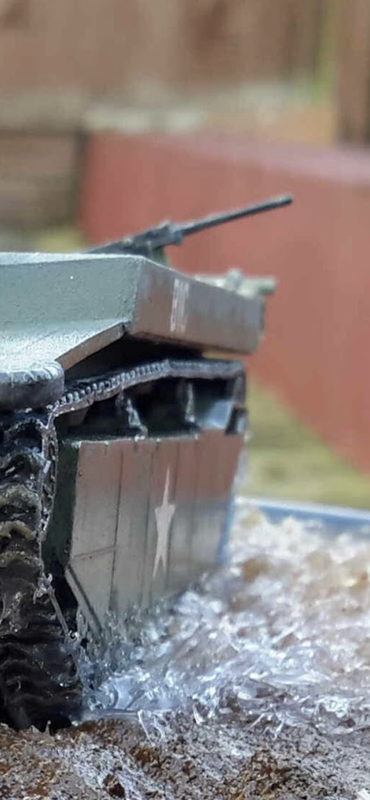

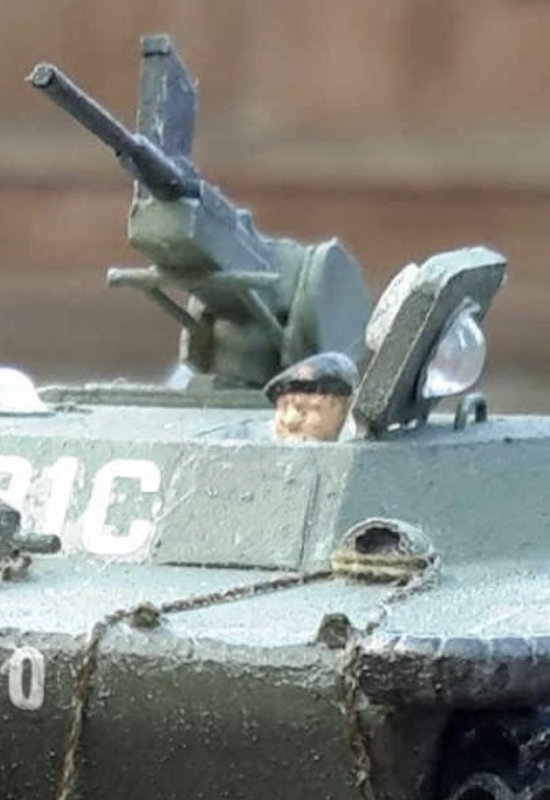
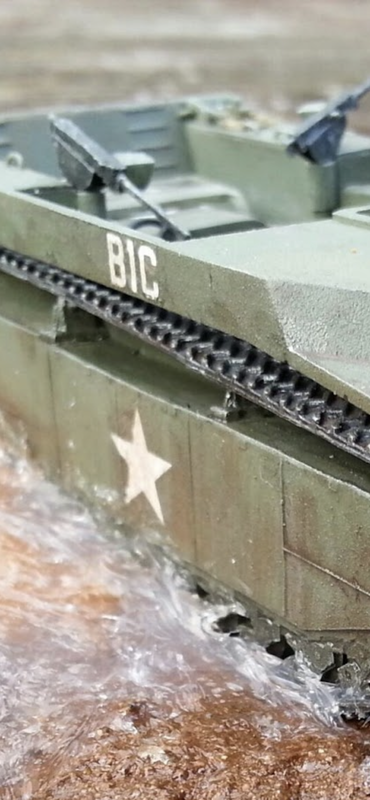


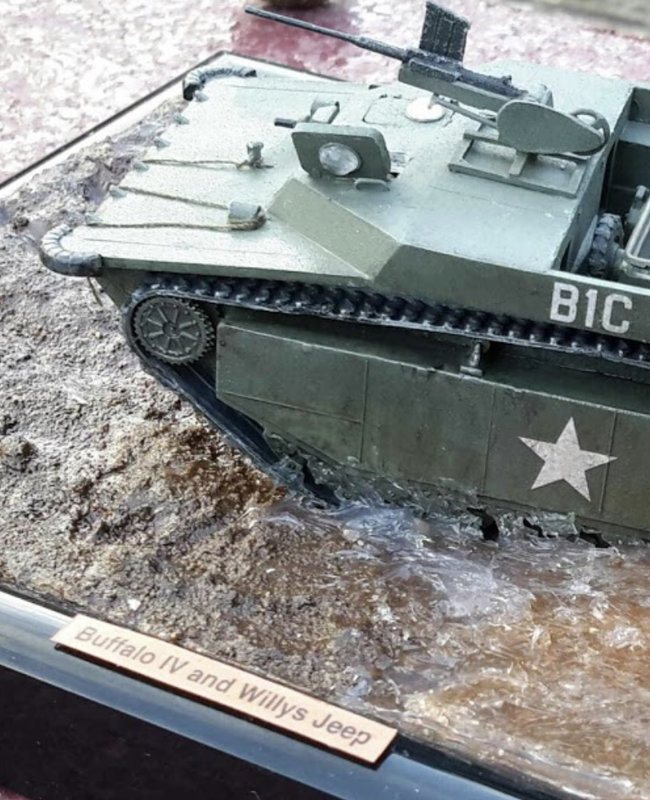
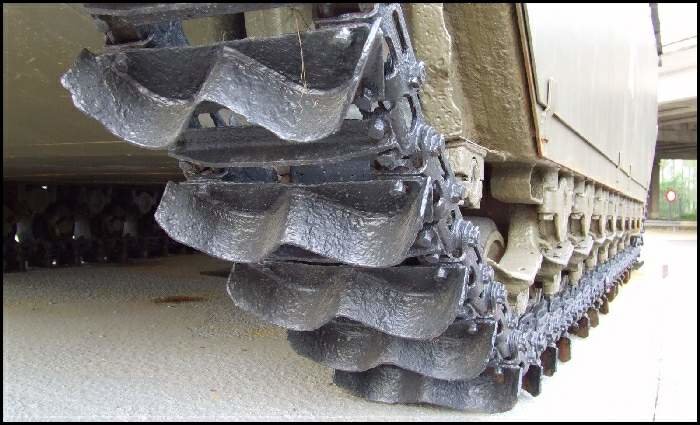



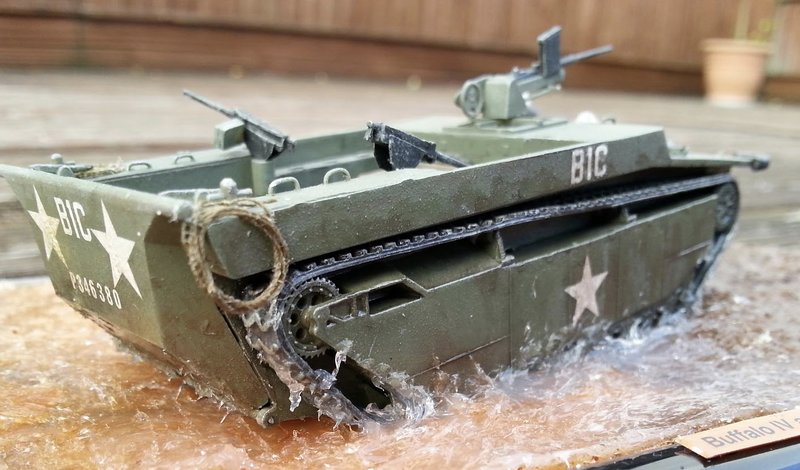






/https%3A%2F%2Fstorage.canalblog.com%2F96%2F00%2F1123093%2F134247667_o.jpeg)
/https%3A%2F%2Fstorage.canalblog.com%2F06%2F82%2F1123093%2F134235267_o.jpeg)
/https%3A%2F%2Fstorage.canalblog.com%2F63%2F65%2F1123093%2F134214755_o.jpeg)
/https%3A%2F%2Fstorage.canalblog.com%2F80%2F34%2F1123093%2F134214751_o.jpeg)